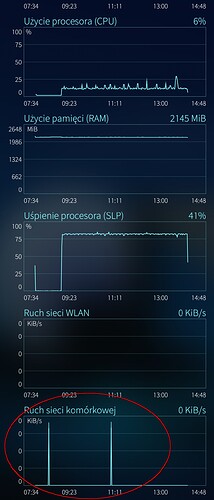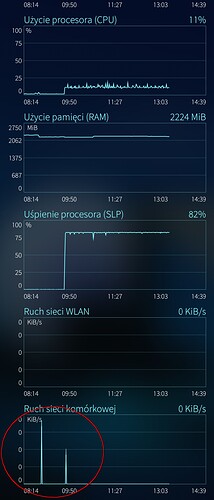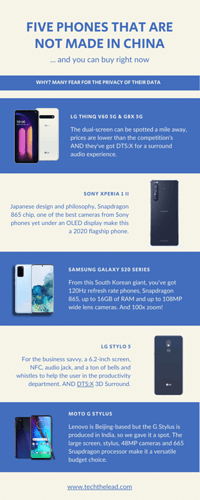I have been blurry in choosing the word made because there are many industrial phases in producing a smartphone from the design and upto manufactoring:
The Pixel 7 and Pixel 7 Pro are a pair of Android smartphones designed, developed, and marketed by Google as part of the Google Pixel product line.
Source: Wikipedia
Counterpoint Research published a BoM (bill of materials) breakdown of the Google Pixel 7 Pro. According to the analysts, 51% of the device is made of Samsung components, followed by 7% own products and 5% by Micron.
Source: GSM Arena
The phones were manufactured by Foxconn
Source: Wikipedia
Hon Hai Precision Industry Co., Ltd. , trading as Hon Hai Technology Group in China and Taiwan and Foxconn internationally, is a Taiwanese multinational electronics contract manufacturer established in 1974 with headquarters in Tucheng, New Taipei City, Taiwan. […] It is the world’s largest technology manufacturer and service provider. […] Foxconn manufactures electronic products for major American, Canadian, Chinese, Finnish, and Japanese companies.
Source: Wikipedia
About the use of “made” in connection with Google and its branded products, also Wikipedia fall in the same trap:
Google officially announced the phones on October 6, 2022, alongside the Pixel Watch smartwatch, at the annual Made by Google event
and later they renamed the page “Made by Google” in the more neutral “List of Google products” (here)
Ok, now that we have had aligned our standards about language and words meaning, we can proceed further in the message transmission and understanding:
- first rule in business: who pays, decides and in this case also designs
- every smartphone is
Made in China (cit. the Russian cosmonaut in Armageddon  )
)
About #2, it is not 100% true. The Sony Xperia 1 II is Made in Japan, for example.
Source:
Tech the Lead
In this list is missing Librem 5 USA and some others listed here
In particular about Xperia 10 II, the smartphone that I bought to run SFOS:
The Sony Xperia 10 II [a] is a mid-range Android smartphone manufactured by Sony Mobile. Part of Sony’s Xperia series, it was unveiled alongside the Xperia 1 II on February 24, 2020.
Predecessor Sony Xperia 8, Sony Xperia 10, Sony Xperia Ace
Successor Sony Xperia 10 III
Related Sony Xperia L4, Sony Xperia 1 II
Source: Wikipedia
While Sony Xperia 10 IV is made in Thailand (source: ReddIt).
Instead, about Xperia 1 II and Xperia 10 II, the BOMs confrontation and the debut announce make me think that also Xperia 10 II is made in Japan. 
As stated elsewhere but I have been flagged, SFOS has at least two unique characteristics…





